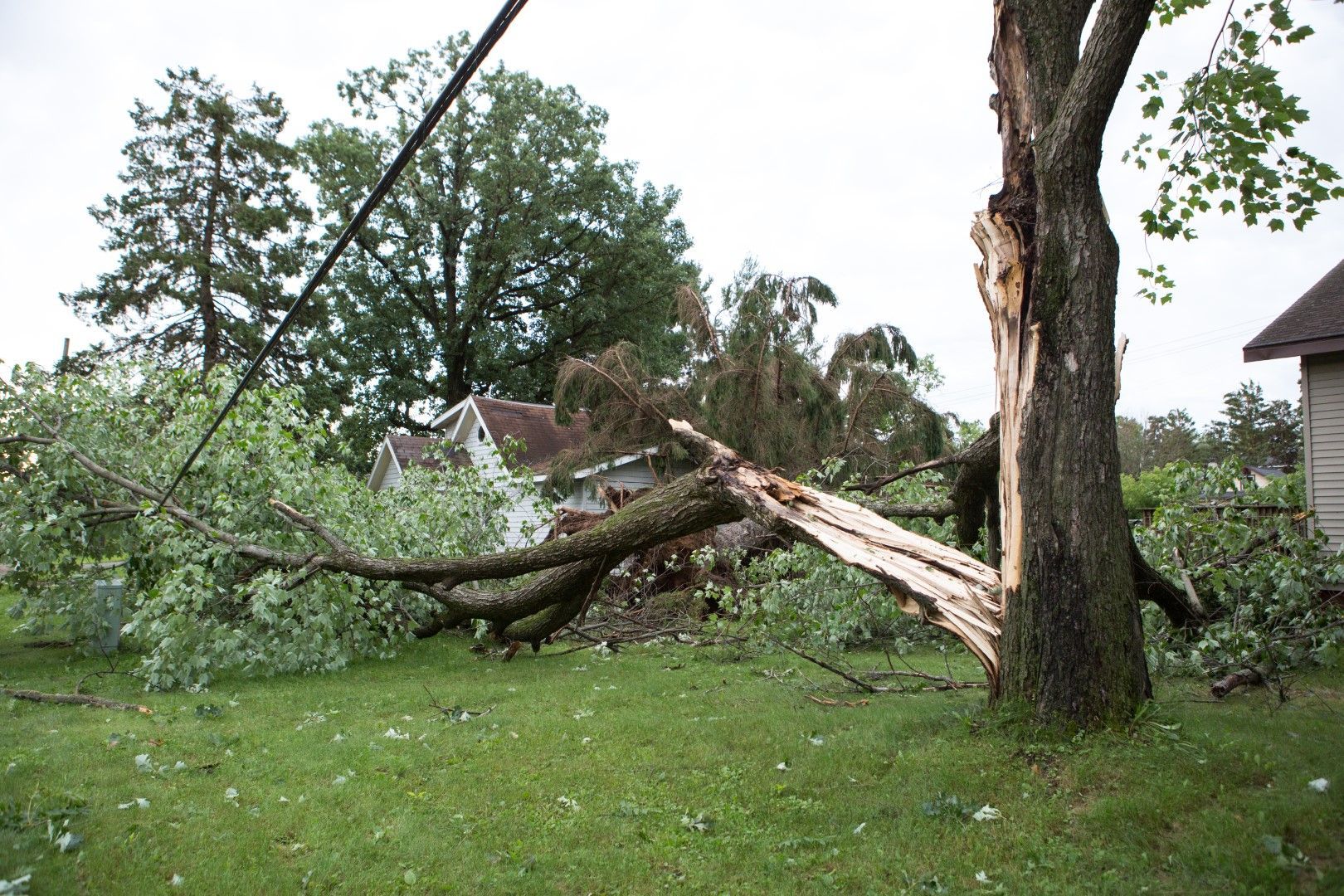Santa Clarita Tree Service
(661) 338-5661

You might not realize it, but that old tree stump in your garden is more than just an eyesore. It’s a potential breeding ground for pests like beetles and termites and a haven for harmful fungi. Stump grinding can disrupt these insect life cycles and cut off the nutrient supply for fungi, but how exactly does this work? And what other benefits might you gain from removing that decaying wood? Let’s explore the multifaceted advantages of stump grinding and how it contributes to a healthier garden environment.
Eliminating Insect Habitats
Removing tree stumps in your garden can significantly reduce insect habitats and prevent infestations. When you leave stumps behind, you invite various pests to make themselves at home. Beetles, ants, termites, and other insects find decaying wood irresistible. As these pests settle into the stump, they can quickly spread to different parts of your garden, even to your home.
By grinding down stumps, you eliminate these prime nesting sites. Without a convenient place to thrive, many pests will move to other areas, far away from your garden. Plus, your plants and flowers won’t suffer from pest-related damage with fewer insects. You’ll notice healthier growth and more vibrant blooms.
Additionally, removing stumps can disrupt the life cycle of many insects. When you take away their breeding grounds, you’re effectively stopping the next generation of pests before they even get a chance to hatch. This proactive approach helps keep your garden in top shape. So, if you’re serious about maintaining a beautiful, pest-free garden, stump grinding is a crucial step you shouldn’t skip.
Preventing Fungal Infections
In addition to reducing insect habitats, grinding down stumps also helps prevent fungal infections from taking hold in your garden. When you leave a stump in your yard, it becomes a prime spot for fungi to thrive. Over time, these fungi can spread spores, affecting nearby plants and trees. You eliminate this potential breeding ground by grinding the stump, making your garden less hospitable for harmful fungi.
Fungi can cause various issues, from root rot to powdery mildew, jeopardizing the health of your plants. The decaying wood of a stump is beautiful to fungi because it provides the nutrients and moisture they need to grow. When you remove the stump, you cut off this nutrient supply, reducing the risk of spreading fungal diseases through your garden.
Moreover, grinding the stump ensures the root system is less likely to harbor fungal spores. The process breaks down the wood into smaller, less hospitable pieces, decomposing more quickly and not supporting fungal growth as easily. So, if you’re aiming for a healthier garden, stump grinding is a crucial step in preventing fungal infections.
Improving Soil Health
How does stump grinding contribute to improving soil health in your garden? When you grind a stump, you’re not just getting rid of an eyesore but also breaking down organic material that can enhance your soil. The wood chips and sawdust left behind can be used as mulch, which helps retain moisture, regulate soil temperature, and suppress weeds. Over time, these materials decompose and enrich the soil with nutrients.
Additionally, stump grinding helps eliminate the root system that can compete with other plants for water and nutrients. By removing these roots, you’re giving your garden plants the best chance to thrive. This process also aerates the soil, making it easier for water, oxygen, and nutrients to reach plant roots.
Moreover, grinding a stump reduces the risk of disease spread. Dead stumps can harbor fungi and pests that affect soil health. Removing the stump will mitigate these risks and promote a healthier garden environment.